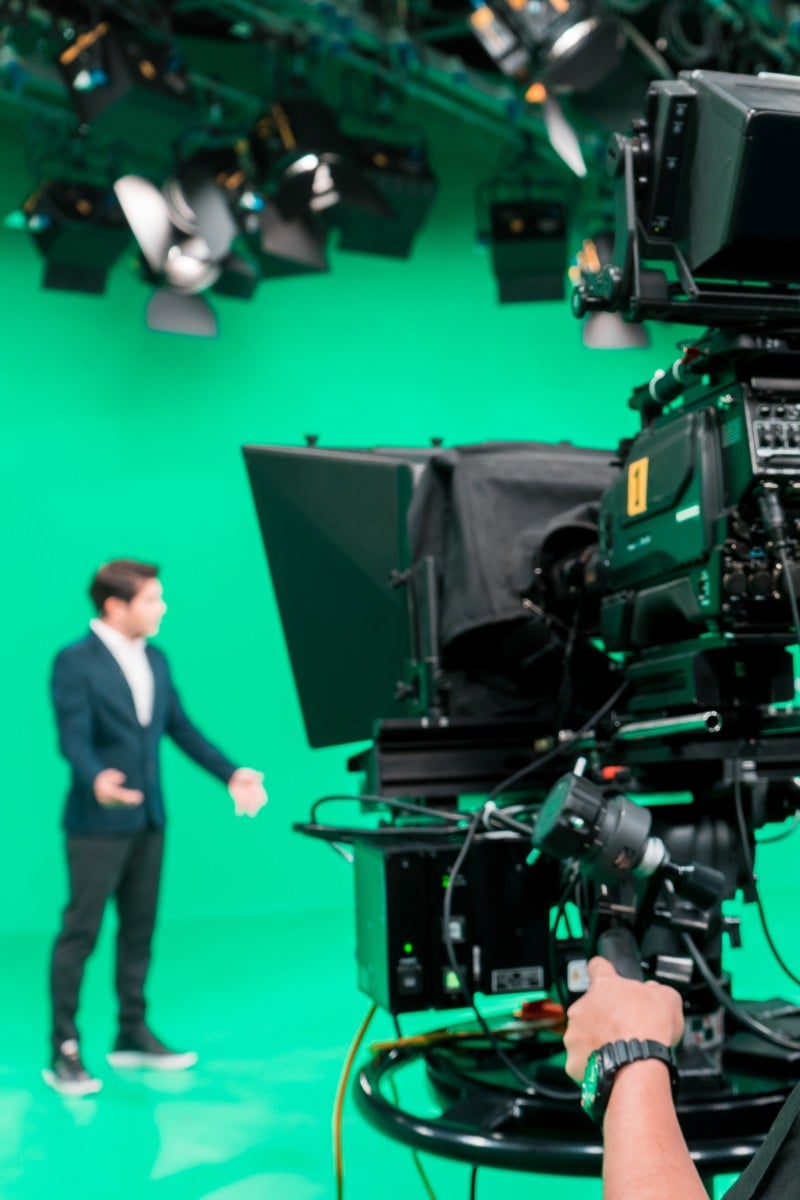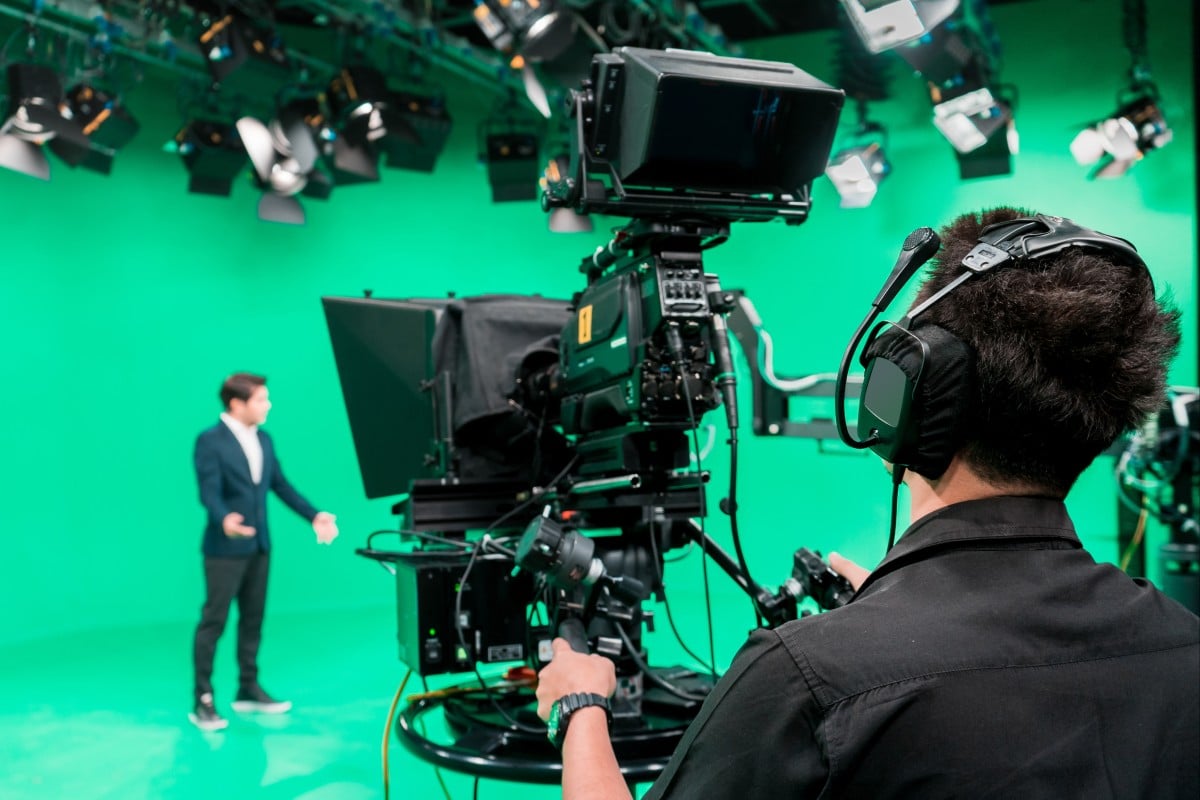
Study Buddy (Challenger): Actors are regretting licensing their likeness to AI companies
This page is for students who want to take their reading comprehension to the next level with difficult vocabulary and questions to test their inference skills
 Many models and actors who licensed their likeness to AI marketing firms have ended up unpleasantly surprised by the content their images are featured in. Photo: Shutterstock
Many models and actors who licensed their likeness to AI marketing firms have ended up unpleasantly surprised by the content their images are featured in. Photo: ShutterstockContent provided by British Council
Read the following text, and answer questions 1-9 below:
[1] South Korean actor Simon Lee was stunned when he saw his likeness being used to promote questionable health cures on TikTok and Instagram, at times as a gynaecologist or a surgeon. He is one of scores of people who licensed their image to artificial intelligence (AI) marketing companies only to end up with the unpleasant surprise of seeing themselves featured in deepfakes, dubious adverts or even political propaganda. “If it was a nice advertisement, it would’ve been fine. But it is such an obvious scam,” he said, adding that the terms of his contract prevented him from getting the videos removed.
[2] Using one’s image this way is cheaper than filming an actor and more realistic than an entirely AI-generated avatar. The technology allows firms to build catalogues of digital models to appear in videos that mainly promote products or services.
[3] Solene Vasseur, a digital communications consultant, said this new form of advertising is fast and cheap compared with real-life production. It usually involves half a day’s shooting, a green screen and a teleprompter. An actor displays a range of different emotions. Then, AI is used to make an avatar and have it say anything in various languages.
[4] To make a video, Synthesia’s customers select a face, a language, a tone – such as serious or playful – and insert the script. The whole process comes at a modest price: the ultrabasic version is free, while the pro version costs a few hundred euros.
[5] Image-licensing contracts generally offer up to a few thousand euros, depending on duration and how well a person is known. But they can be filled with legal jargon and sometimes abusive clauses, and in their rush to make quick cash, some people have found it hard to fully understand what they were signing up for.
[6] British actor and model Connor Yeates, who signed a three-year contract with Synthesia for €4,600 (HK$40,394), also encountered an unpleasant surprise in 2022. At the time, he was sleeping on a friend’s sofa, he told British newspaper The Guardian. “I don’t have rich parents and needed the money,” he said. This seemed like a “good opportunity”. But he then discovered his image had been used to promote Ibrahim Traore, the president of Burkina Faso, who took power in a coup in 2022.
[7] While Synthesia has introduced new procedures, other platforms with less stringent rules have appeared on the market. “The clients I’ve worked with didn’t fully understand what they were agreeing to at the time,” said Alyssa Malchiodi, a lawyer specialising in business law. “One major red flag is the use of broad and irrevocable language that gives the company full ownership or unrestricted rights to use a creator’s voice, image and likeness across any medium,” she said.
[8] Contracts often contain clauses considered abusive, Malchiodi added, such as worldwide, unlimited and irrevocable exploitation with no right of withdrawal. “Technology is evolving faster than courts or legislatures can respond,” she said.
Source: Agence France-Presse, April 19
Questions
1. In paragraph 1, why was Simon Lee stunned when he saw his likeness in advertisements?
2. According to paragraph 1, individuals whose images were used in misleading content …
A. were unaware they had licensed their images.
B. knowingly took part in the creation of deepfakes.
C. had granted permission for their image to be used by AI marketing companies.
D. all of the above
3. Paragraph 2 describes the … of AI in video production.
A. creative limitations
B. cost advantage
C. ethical implications
D. potential misuse
4. What does “this new form of advertising” in paragraph 3 refer to?
5. Based on paragraph 3, why must an actor portray different emotions?
6. Find a word in paragraph 3 that refers to the digital representation created by AI.
7. What are some concerns about image-licensing contracts, according to paragraph 5?
8. In paragraph 6, why did the writer use the phrase “sleeping on a friend’s sofa” to describe Connor Yeates’ situation when he signed the contract with Synthesia?
9. Which of the following best reflects Alyssa Malchiodi’s statement, “Technology is evolving faster than courts or legislatures can respond,” in paragraph 8?
A. legal systems are currently ahead of technological advancements in AI
B. the ethical debates surrounding AI are preventing legal progress
C. legal and political bodies are guiding the trajectory of AI innovation
D. the rapid pace of AI development is creating a lag in relevant legal and regulatory measures
Answers
1. He was stunned because the advertisements used his image in an unexpected way, associating him with questionable health cures that seemed like scams. (accept all similar answers)
2. C
3. B
4. Using artificial intelligence technology to create a digital likeness of models to appear in videos that promote products or services.
5. Actors must display a range of emotions before a green screen to allow AI to create a digital likeness – or avatar – that can say all sorts of things in different “tones” and languages. (accept all similar answers)
6. avatar
7. They can be filled with legal jargon and sometimes abusive clauses.
8. To illustrate his unstable housing and financial vulnerability when he signed the contract. (accept all reasonable answers)
9. D
